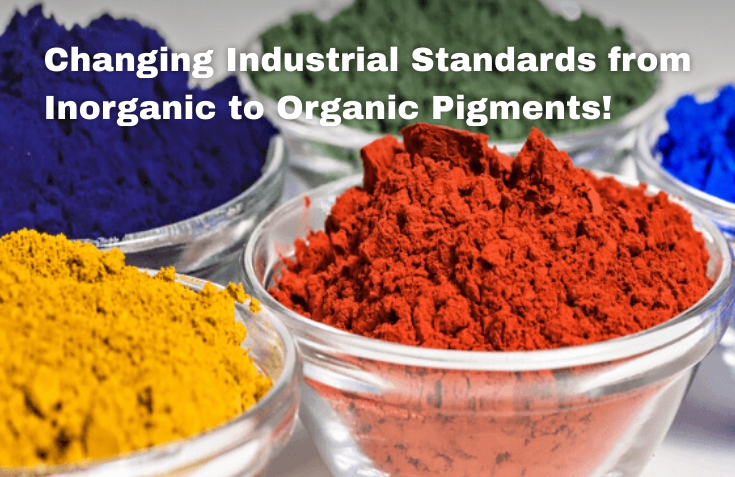
Pigment Chemistry
Pigments are an integral part of human illumination. We are all surrounded by pigments in every area of life. Whether it's the clothes we wear, the food we eat, the cosmetics we use, the paint we do in our homes, the books or magazines we read, the computers we work on and the list is endless where pigments show their presence to add color and the brightness of our lives. The pigment category can be natural, synthetic, organic, and inorganic and so on, but the presence of pigments is a must.
Extensive Pigment Classification
Pigments can be present in the form of pigment powder, aqueous or gel-based conditions. In the formation of paint, mainly two types of pigments are considered. This is
Primary Pigment: Primary pigment is the main pigment that is responsible for giving color to the paint. Although high-quality primary pigments are expensive but it is recommended to prefer quality rather than being persuaded by cheap goods. High-quality pigments produce uniform color, the right grain for better pigment dispersion and you don’t need to apply it more than twice to get the desired results.
Extender Pigment: This pigment is mainly used as an addition but plays an important role in color intensity, hiding power, life expectancy and resistance to paint cleaning.
Organic and inorganic pigments!
You will find various primary pigments, organic and inorganic pigments extenders on the market. Each variety has a series of pros and cons. If we put ourselves in the task of comparing two varieties, we can conclude the results in the following ways:
Color Effectiveness
It has been observed that organic pigments not only offer brighter colors than inorganic ones but their coloring strength is also much better than inorganic counterparts. These characteristics provide a brownish point in organic pigments compared to inorganic pigments.
Environmental Friendliness
The second important point that must be considered in the modern age of global warming and other environmental hazards is the environmental security of pigments. It has been seen that organic pigments are far safer to use and environmentally friendly than inorganic pigments. They do not pose a potential threat to the environment.
Light Fastness
Inorganic pigments defeat organic counterparts in terms of light resistance. High resistance to light makes it the preferred paint choice. Low light resistance is one of the main weaknesses that scientists are trying to overcome in organic pigments.
Pigment Price
The cost of making the inorganic pigment is far cheaper than organic pigments. Expensive organic pigments are favored by those who want to be green and are able to bear high production costs.
With the development of science and technology, scientists consistently work to produce organic pigments with high performance and efficiency. They have also achieved much success in mass production of organic pigments and reduced production costs. The industrial sector is shifting to the organic pigment sector and over time and development we will see major changes.
Qualitron Chemicals is the leading manufacturers of Phthalocyanine Pigments & worldwide provider of high quality custom manufacturing services to the quality pigments for many industries. From process development to commercial manufacturing, we focus the right resources to provide the highest level of service and quality. We ensure innovative solutions to meet your unique manufacturing needs.
Pigments for Paints and Coatings
Pigments for Plastics and Masterbatch
